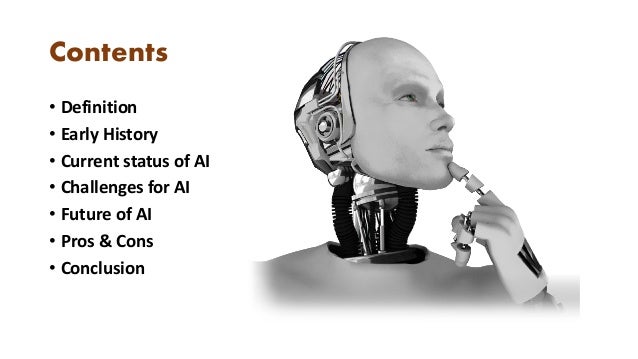Jul 1, 2017 - I'm a paragraph. English patch eroge games for mac. Click here to add your own text and edit me. Just click “Edit Text” or double click me to add your own content and. Swarm robotics is a relatively new research area inspired from biological systems. Keywords: swarm robotics, overview, practical applications, tasks of the swarm. Melhuish, C., Welsby, J., Edwards, C.: Using templates for defensive wall.


SWARM ROBOT Seminar PPT with PDF: Swarm robotics is a step to go near to the collective robotics which is influenced by the self-organized behavior of social animals. With the local interactions and the simple rules, the swarm robotics has the goal to design a huge number of robots with the collection of behaviors like flexible, scalable, and robust. Now, coming to the swarm engineering then it is a discipline which is coming out from a difficult situation or condition and has the goal of defining well-founded methods and systematic procedures for the following things of a swarm robotic system SWARM ROBOT Seminar PPT with PDF • Modeling • Designing • Realizing • Verifying • Validating • Operating and • Maintaining Swarm robotics is defined as novel step to go near to the coordination of a huge number of robots. • Microscopic models: Microscopic levels take each individual robot and analyze the interactions of robot-to-environment and robot-to-robot. In the field of swarm robotics, a number of models have been developed with distinct levels of abstraction. They are as follows: • The robots are considered as point-masses in the simplest models • The models which have the difficulty at an intermediate level view 2D worlds with kinematic physics • The models with high level of complexity view 3D worlds with dynamic physics • Macroscopic models: The systems of swarm robotics are viewed as a whole in the macroscopic models.
The individual parts of a swarm robotics system are not included in an account in favor of an explanation of the system at a high level. The works in the microscopic models are classified into three categories and they are: • Rate and differential equations • Classical control and stability theory • Other modeling approaches • Real-robot analysis: The avail of real robots for the validation of a collective behavior is a basic tool. The analysis of real-robot is very away from the scenarios where the systems of swarm robotics are supposed to work or operate. Collective behaviors: The important collective behaviors are explained in it.